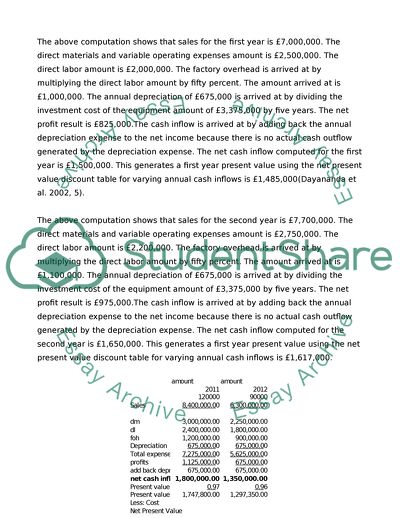Cite this document
(London Stock Market & Capital Budgeting Essay Example | Topics and Well Written Essays - 2500 words, n.d.)
London Stock Market & Capital Budgeting Essay Example | Topics and Well Written Essays - 2500 words. https://studentshare.org/finance-accounting/1713762-financial-management
London Stock Market & Capital Budgeting Essay Example | Topics and Well Written Essays - 2500 words. https://studentshare.org/finance-accounting/1713762-financial-management
(London Stock Market & Capital Budgeting Essay Example | Topics and Well Written Essays - 2500 Words)
London Stock Market & Capital Budgeting Essay Example | Topics and Well Written Essays - 2500 Words. https://studentshare.org/finance-accounting/1713762-financial-management.
London Stock Market & Capital Budgeting Essay Example | Topics and Well Written Essays - 2500 Words. https://studentshare.org/finance-accounting/1713762-financial-management.
“London Stock Market & Capital Budgeting Essay Example | Topics and Well Written Essays - 2500 Words”. https://studentshare.org/finance-accounting/1713762-financial-management.


